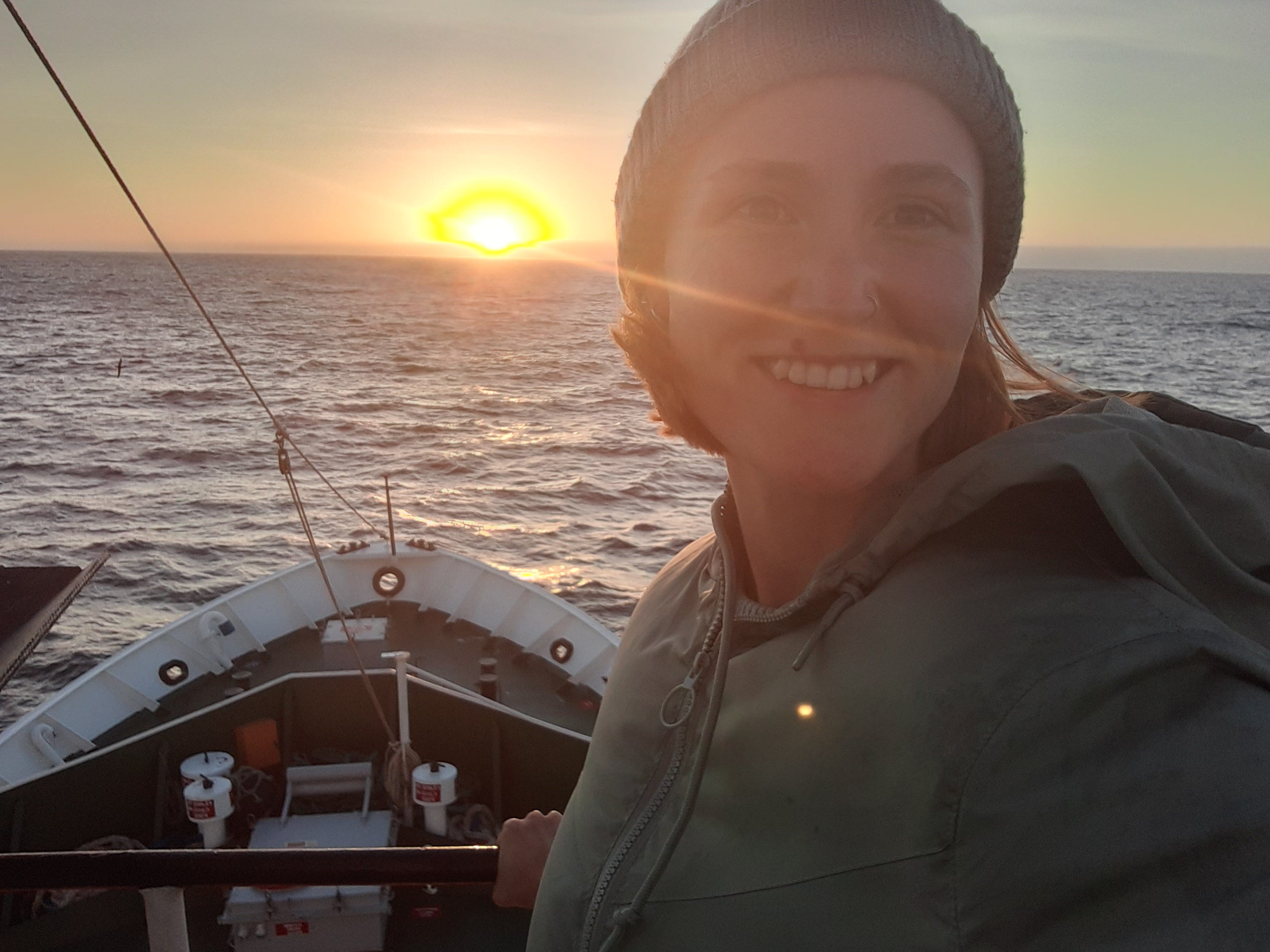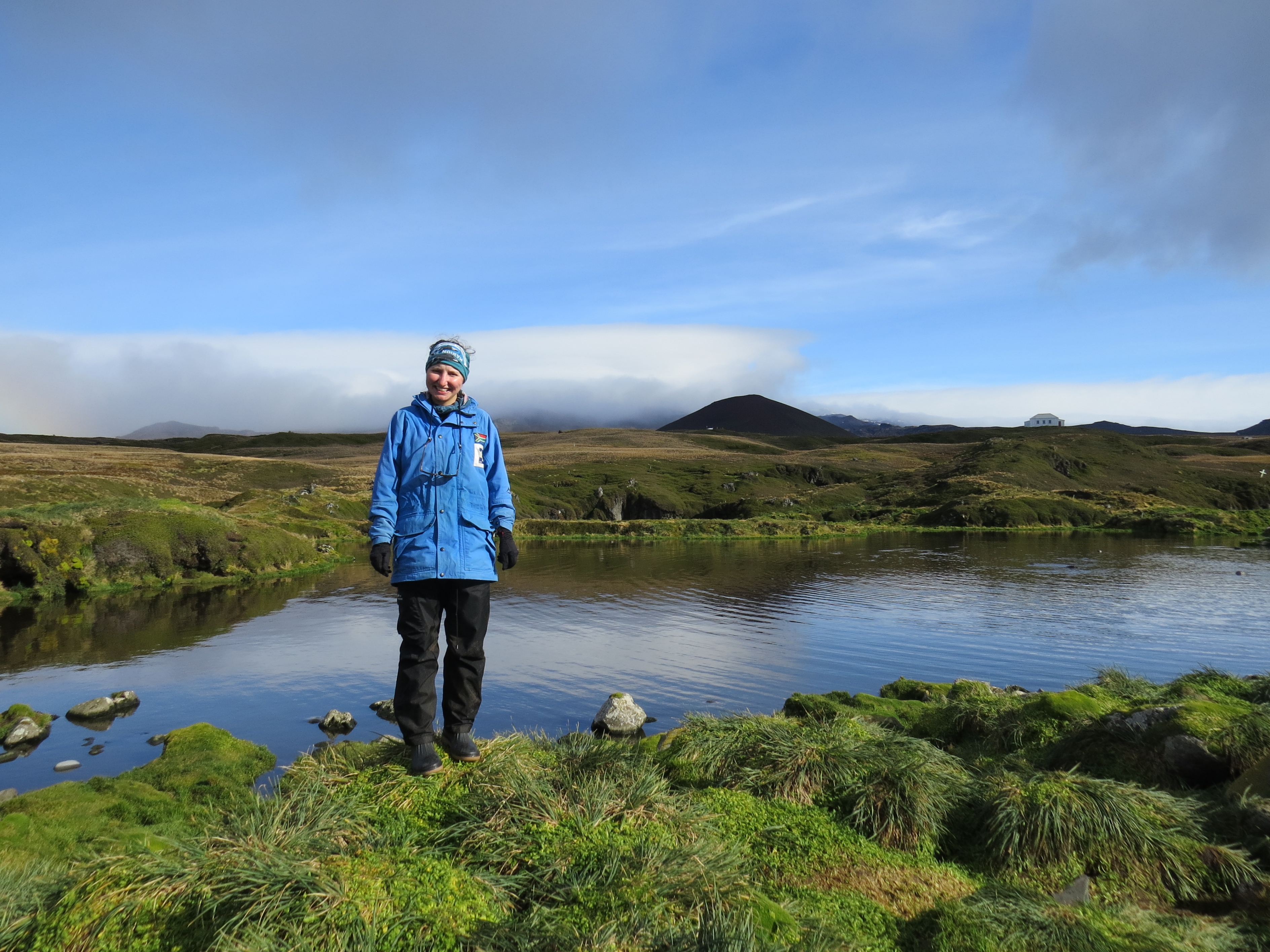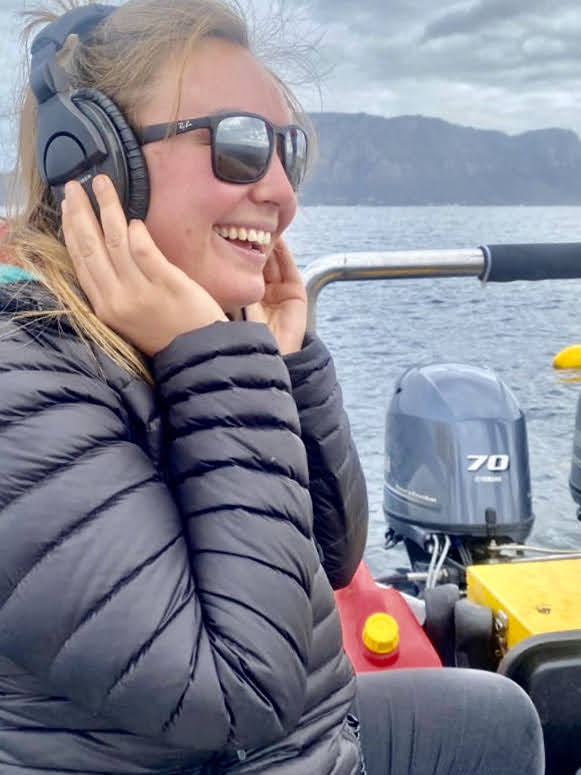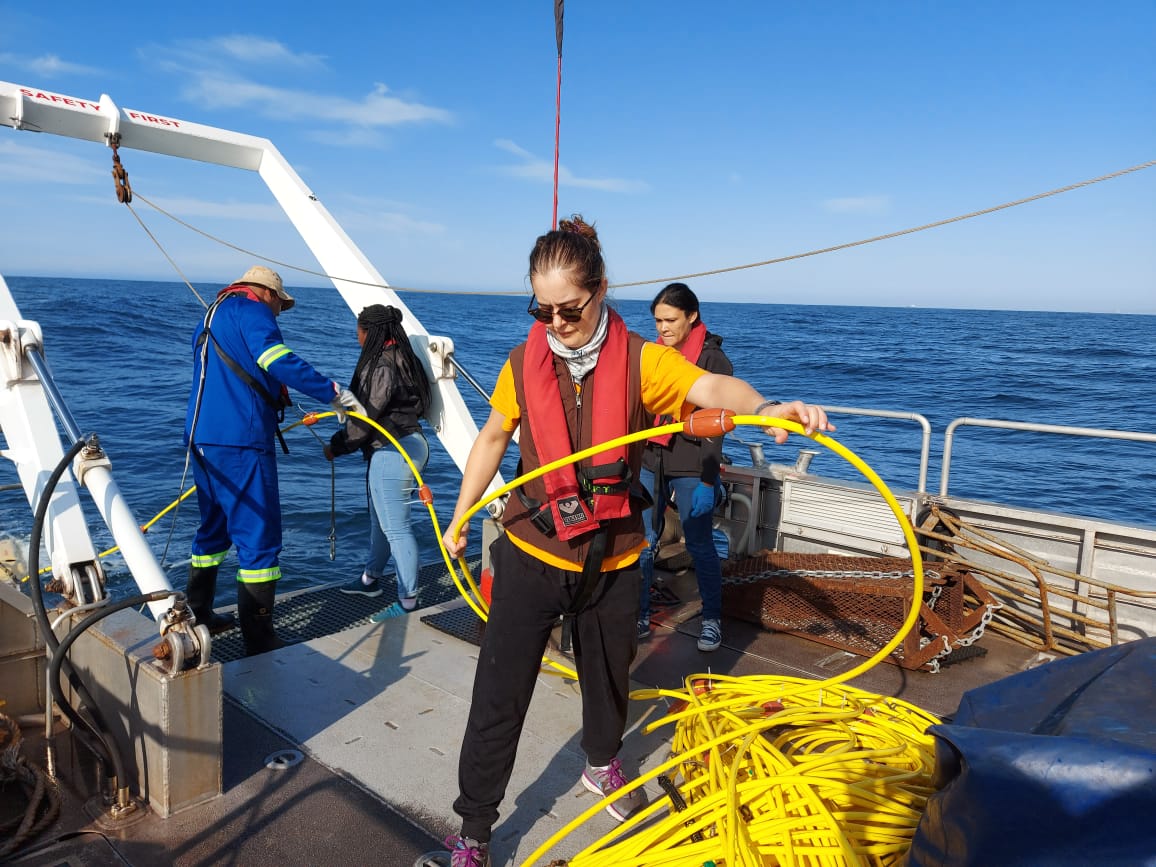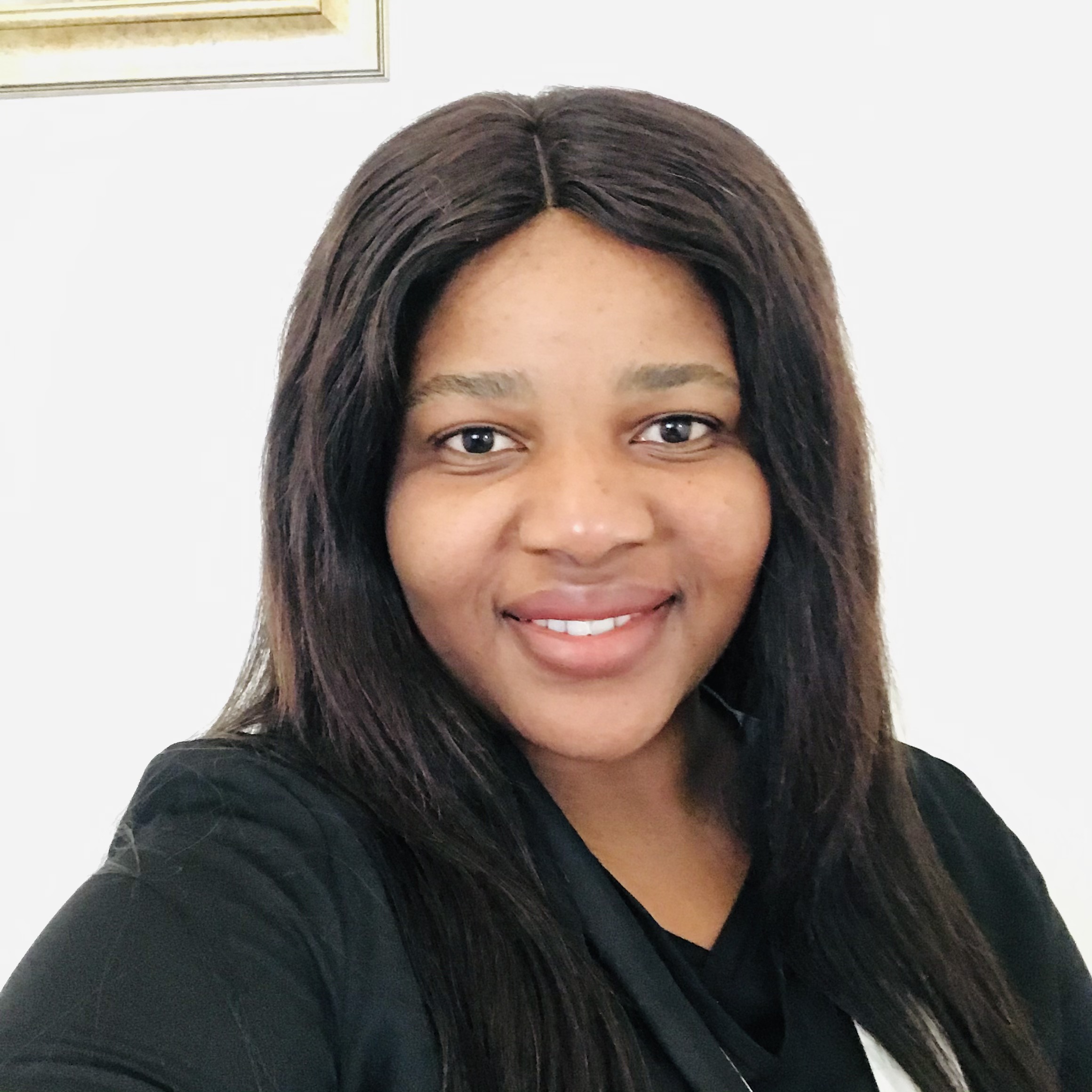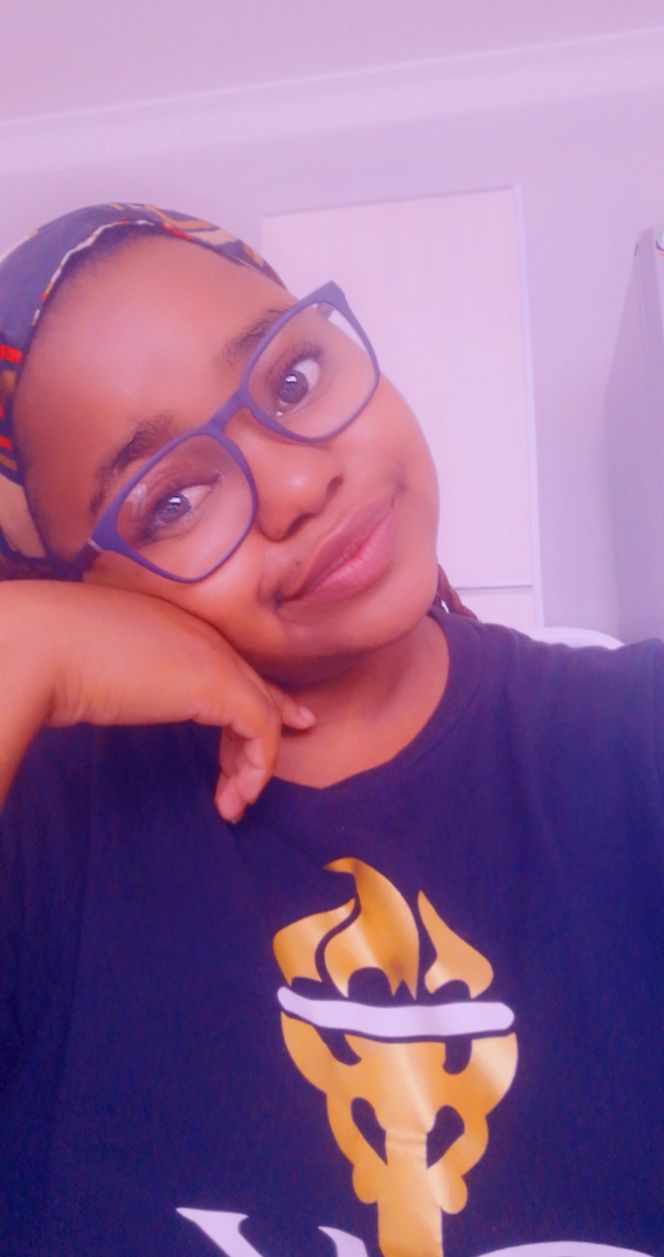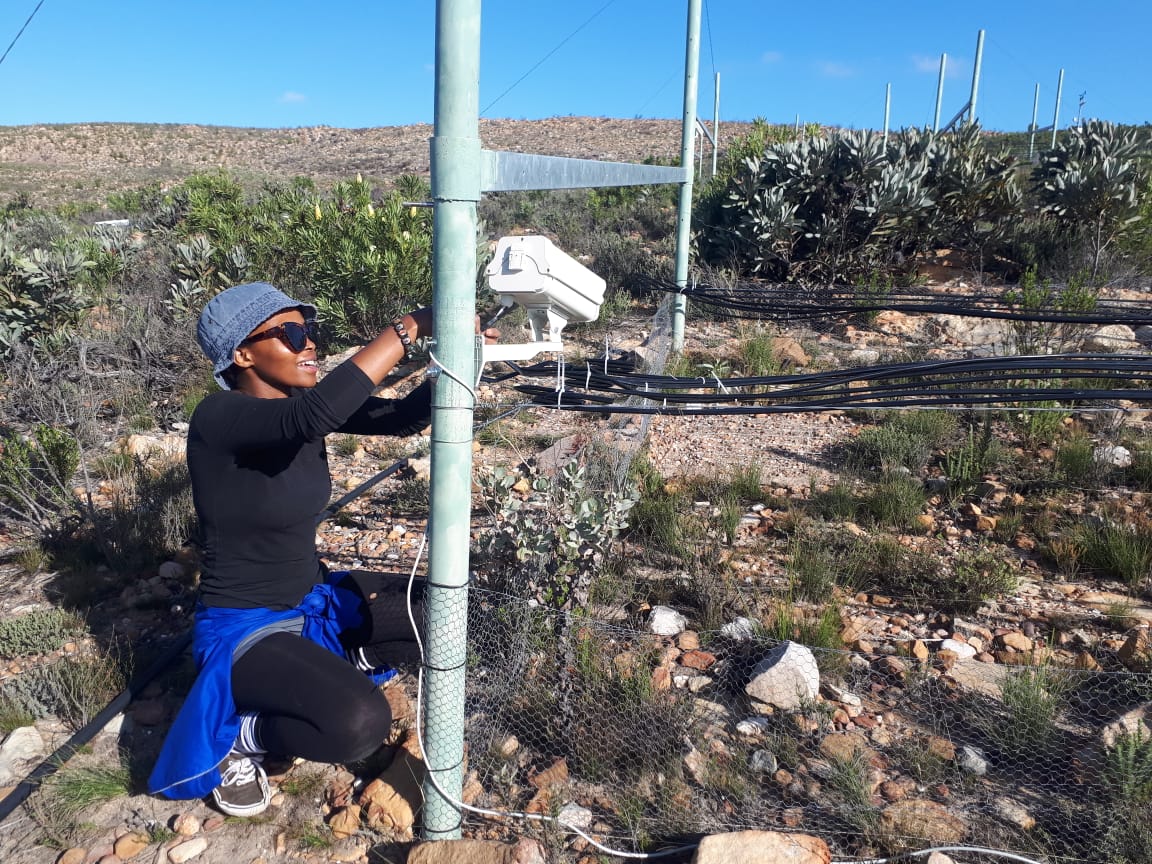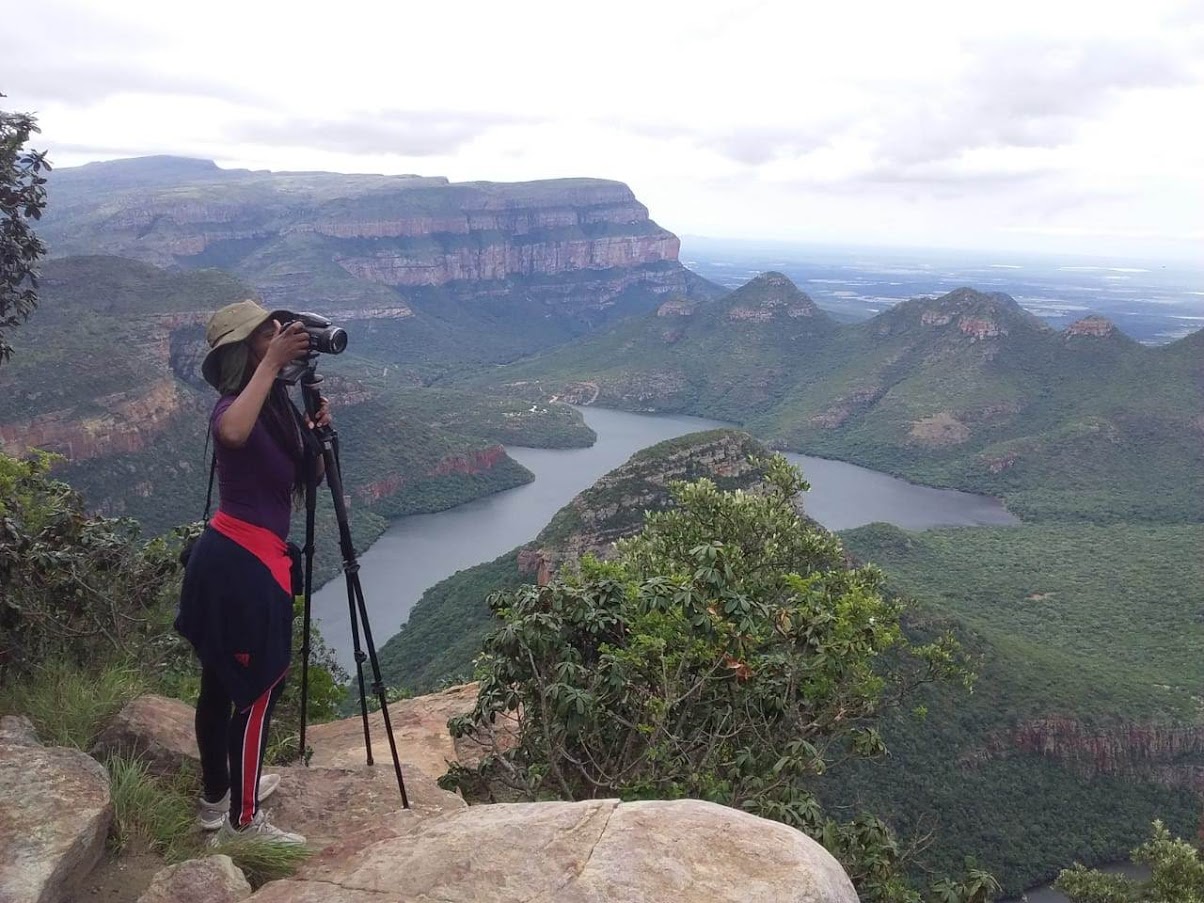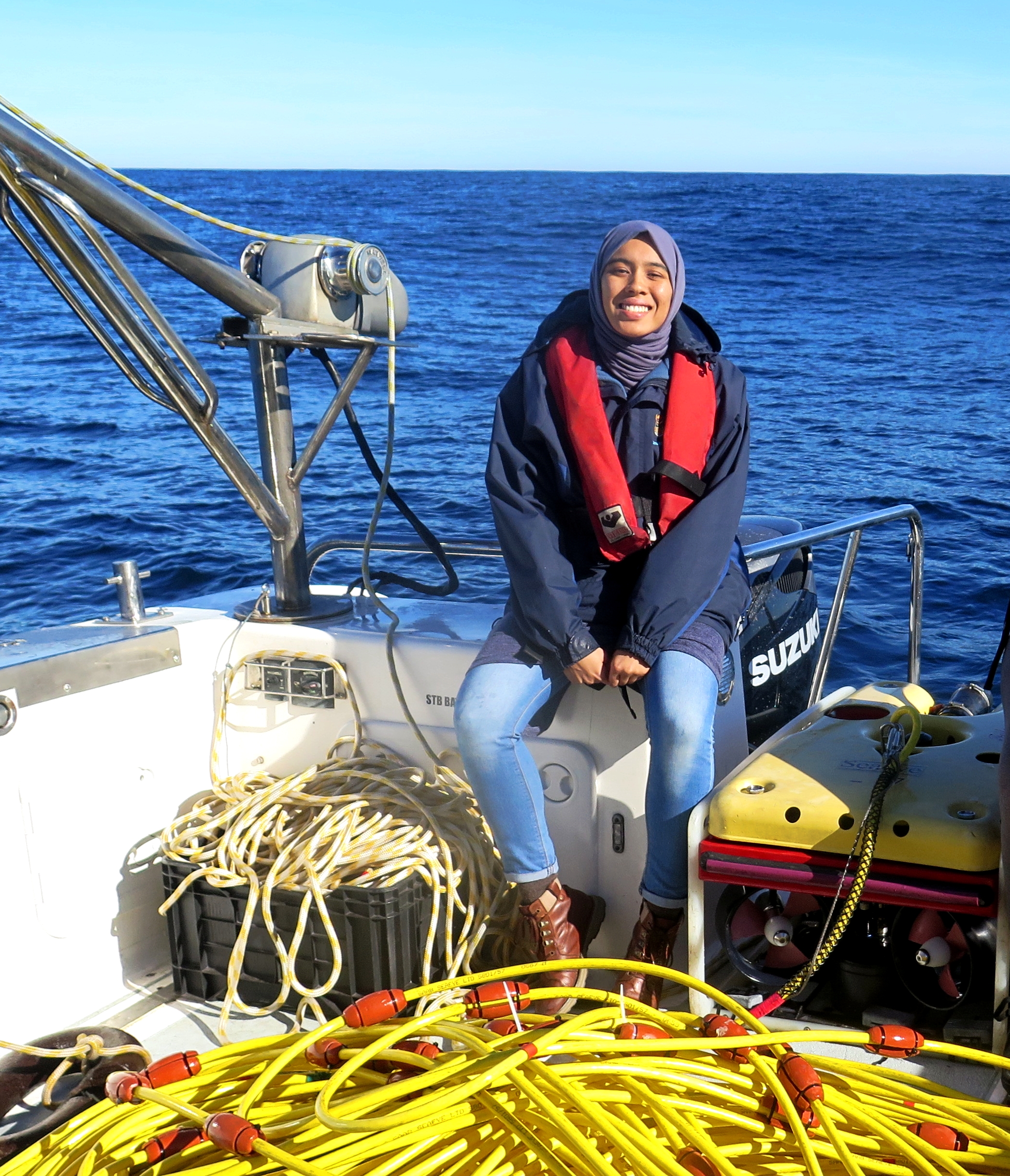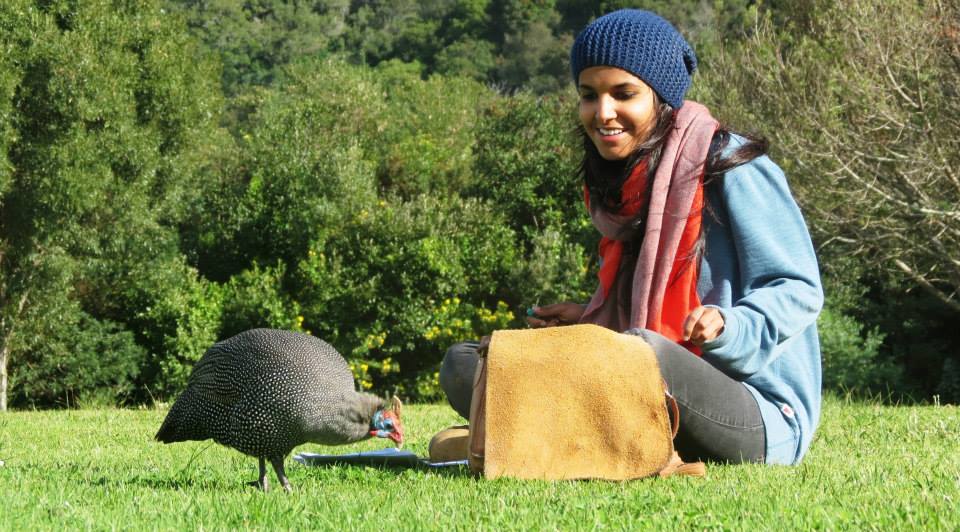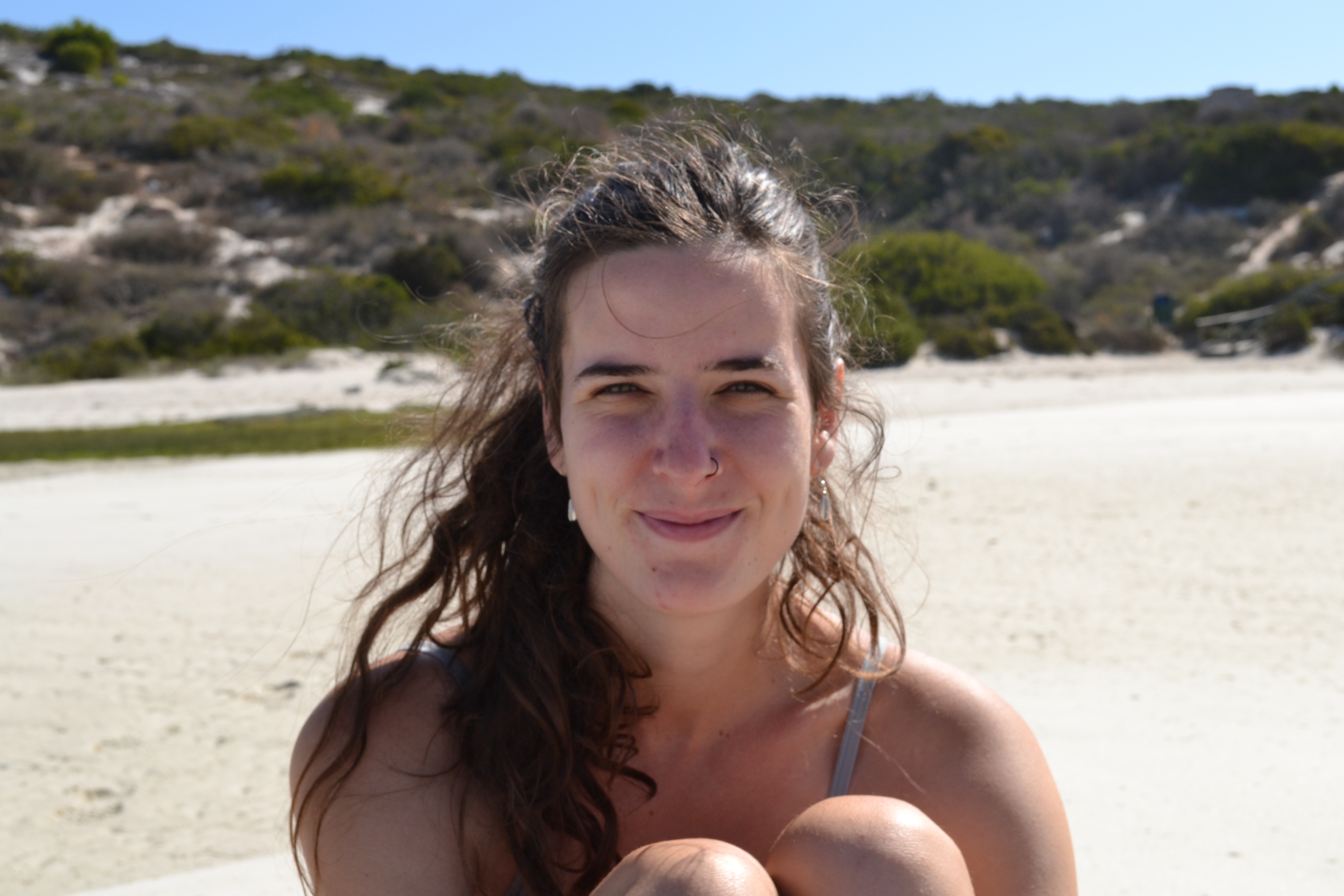|
|
Silke Brandt
Silke is doing an MSc as part of the Marine Benthos Lab. Her research is focused on exploring benthic invertebrate biodiversity patterns and how these contribute to marine ecosystem classification in South Africa.
https://twitter.com/SilkeBrandt6
|
|
|
Leandri de Kock
Leandri is an MSc student using data from animal-borne data loggers that were deployed on breeding Chinstrap and Gentoo penguin populations in the Antarctic Peninsula at three different study sites. Using GPS tracking, diving and accelerometry data, we aim to study how the foraging behaviour and habitat-use of two krill-dependent penguin species (Chinstrap and Gentoo penguins) inhabiting the Antarctic Peninsula differ in time and space as a function of prey availability, competitive interactions, and environmental factors. Using machine learning methods, we also aim to estimate the number of prey capture events made during foraging trips and thereby estimating their movement-based energy expenditure.
https://twitter.com/Leandri_DeK
Email: leandri3dekock@gmail.com
|
|
|
Sasha Dines
Sasha is a PhD student researching endangered humpback dolphins in southern Africa. Using individually distinct whistles, Sasha is working towards monitoring this threatened population through passive acoustic methods.
https://twitter.com/Sashafrancess
|
|
|
Mari-Lise Franken
Mari-Lise is researching Vulnerable Marine Ecosystems.These animal forests that are easily disturbed and are slow to recover. Mapping these animals and predicting where they are likely to occur is key to effective management of these fragile animal forests.
|
|
|
Emmanuel Kabuga
Emmanuel is a PhD student with a research focus on the applications of machine/deep learning in ecology.
https://twitter.com/EmmanuelKabuga
|
|
|
Lungile Khuzwayo
Lungile is an MSc candidate. Her project focuses on mapping invasive alien plant species in The Cape Floristic Region (CFR) which is South Africa's most invaded terrestrial biome. Remote sensing has been proposed and widely used as a tool for detection and monitoring of invasive species that is more cost- and time-effective, and less labour-intensive than field-based monitoring. The objectives of her study include the classification of the extent of invasion by alien trees in selected mountain catchments of the CFR using high resolution multispectral imagery and for multiple years, generating estimates of the rate of expansion of alien tree invasions in the study areas over multiple years as well as estimating the water flow reduction in the riparian ecosystems of the Western Cape Water Supply System through hydrological modelling.
https://twitter.com/LungileKhuzway9
|
|
|
Nonhlanhla Luphade
The critically endangered Hainan Gibbon is known for its unique vocal behaviour. Nonhlanhla aims to make use of their vocal behaviour and machine learning tools to assist in improving monitoring of the species.
|
|
|
Tshepiso Mafole
Tshepiso is studying the response of C4 grasses to changes in rainfall seasonality in Mediterranean-type ecosystems. Her project includes rainfall manipulation experiments in the Fynbos and Renosterveld.
Email: coralradebe@gmail.com
|
|
|
Craig Mahlasi
Thicket landscapes face ongoing degradation as a result of urban development and agriculture. Using remote sensing data and machine learning, Craig's project aims to build near-real time protocols for detecting and documenting thicket degradation to allow for timely interventions.
Email: craigmahlasi@gmail.com
|
|
|
Keletso Moilwe
Keletso is a Masters student affiliated with the SAEON Fynbos node. Keletso's research focuses on developing a repeatable framework to map invasive vegetation in the montane grasslands of Mpumalanga. This is done using free and open-source programs. Keletso's research aims to improve the detection and monitoring of invasions and aid in controlling and managing the spread of invasive alien plants. Keletso's interests include invasion ecology, GIS, and earth observation. Outside academia Keletso enjoys going to the beach, jogging, and travelling.
https://twitter.com/KeletsoMoilwe
Email: moilwekk@gmail.com
|
|
|
Leila Nefdt
Leila uses underwater imagery to classify marine offshore benthic epifaunal ecosystems along the continental shelf edge off the south coast of southern Africa and to set conservation targets for these ecosystems - to better inform management practices & protect these areas.
https://twitter.com/Lady_leilz
|
|
|
Nakkita Pillay
Nakkita's current research entails using deep learning to count prey in ecological images using object detection.
https://twitter.com/HNakkita
|
|
|
Shakirah Rylands
Shakirah is using visual imagery tools and sediment data to characterise the physical and biological complexity of sand and mud habitats among areas of differing levels of trawl intensity along the southeast coast of South Africa to investigate the impacts of bottom trawling.
https://twitter.com/ShakirahRylands
|
|
|
Jessleena Suri
Jessleena is a PhD student using citizen science data to look into urban bird community structure in South Africa and how we can make cities greener for biodiversity.
https://twitter.com/jessleena
Email: jessleena.suri@gmail.com
|
|
|
Bomikazi Tshingana
Bomikazi is doing an M.Sc. investigating marine invertebrate biodiversity.
|
|
|
Donia Wozniak
Donia is an MSc student investigating the differences in biodiversity patterns detected between two commonly used, but contrasting, methods of sampling offshore epifauna on the West Coast continental shelf of South Africa.
https://twitter.com/DoniaWozniak
|

